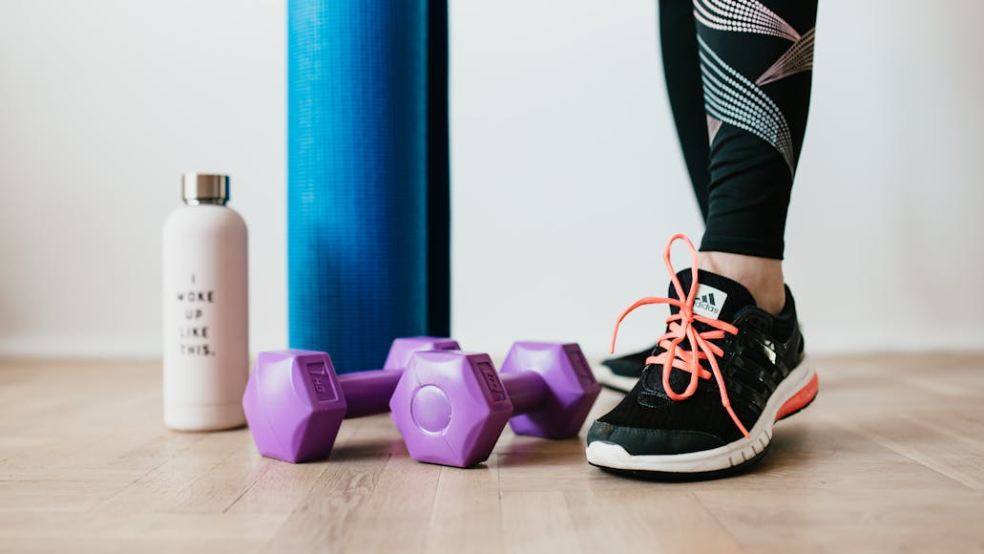
Maintaining Your Athlete Kit: Hygiene and Safety Tips
All athletes rely on their equipment, whether to train, compete, or simply have fun in sport. Properly cleaned and maintained equipment not only lasts longer, but it also holds its performance and prevents unnecessary injuries. Towels, sweatbands, boots, and even distance golf balls may be as essential as the larger equipment. Listening to the cleaning, storage, and replacement of each piece ensures your safety and comfort during each session.
Keeping Towels Fresh
Towels are used to absorb sweat during exercise, but they can harbour bacteria if not cleansed regularly. To reduce the risk of skin irritation or illness, use a clean towel each time. Rapid high-temperature washing and lengthy drying keep fibres sanitary and supple. It is also convenient to bring little microfibre towels because they dry quickly and take up little room in a gym bag.
Caring for Sweatbands
Sweatbands for the head and wrist are intended to reduce sweat; however, they can harbour odours and bacteria. They must be washed after each use, ideally in a mesh laundry bag, to maintain their suppleness. Switching between various pairs allows each set to dry in between sessions. Failure to wash sweatbands can lead to discomfort or even skin disorders, so they should be cleaned regularly.
Cleaning and Replacing Water Bottles
Reusable water bottles have become a must-have for athletes, but if not properly maintained, they can harbour harmful bacteria. Bottles should be washed with water after use and properly cleaned with a tiny bit of soap or specially prepared tablets once a week to keep them safe. Pay careful attention to caps and straws, where residue can readily build. Check bottles for cracks because broken containers can trap bacteria and leak. Regular bottle replacements provide safe and sufficient hydration.
Footwear Hygiene and Longevity
Shoes absorb a lot of sweat and can receive a lot of wear. When ventilated after each session, they will not accumulate odours or mould. Insoles or inserts can be removed and cleaned individually. Shoes should be stored in breathable bags rather than closed containers, which allows air to flow and extends their lifespan. Rotate pairs whenever possible, especially in daily training, to extend life span and reduce the likelihood of blisters or strain.
Protecting Protective Equipment
Shin guards, mouthguards, and gloves should all be cleansed routinely. Clean shin guards with antibacterial wipes after each game, and thoroughly clean mouthguards before storing them in ventilated cases. To prevent cracking and bacterial growth, gloves used in activities such as golf, cycling, or weightlifting must be air-dried entirely. Protective equipment that is properly maintained not only lasts longer, but it also continues to provide the aid and protection for which it was intended.
Storage That Prevents Damage
Storage is as vital as cleaning. Do not leave any kit in moist gym bags, as bacteria can thrive in dark and damp environments. Choose lockers that are vented or coated in breathable mesh bags to reduce dampness. To minimise warping and rusting, outdoor equipment such as golf clubs should be stored in cool, dry conditions. Towels should be folded, sweatbands piled, and accessories arranged in an organiser to create a routine that allows gear to last longer and reduces stress when getting ready for a session.
Knowing When to Replace Items
Gear does not last forever, even with the best care. Shoes wear out, sweatbands become stretched, and bottles end up degrading. Being aware that something is no longer working correctly prevents harm and pain. An example is that golf balls can lose their smooth surface or balance due to prolonged use, which lowers the accuracy. Setting reminders to check your kit every few months ensures you can replace gear before it becomes a problem.
Care That Protects Performance
Maintaining equipment extends the life of athletic equipment, decreases the chances of injury, and enhances performance consistency. Clean towels, sweatbands, and water bottles are used to ensure hygiene. Other protective measures, including cleaning protective equipment, maintaining proper storage habits, and airing shoes, also help protect athletes. Maintenance can be considered a routine process, but it has a direct impact on the safety, comfort, and enjoyment of sports.











